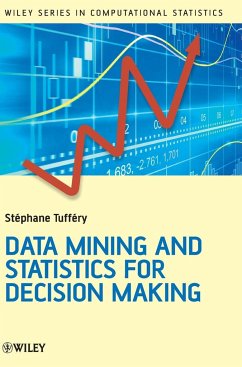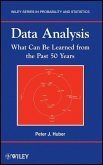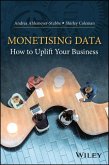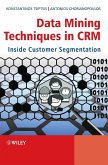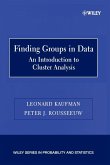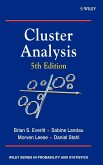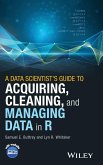This practical guide to understanding and implementing data mining techniques discusses traditional methods--cluster analysis, factor analysis, linear regression, PLS regression, and generalized linear models--and recent methods--bagging and boosting, decision trees, neural networks, support vector machines, and genetic algorithm. The book focuses largely on credit scoring, one of the most common applications of predictive techniques, but also includes other descriptive techniques, such as customer segmentation. It also covers data mining with R, provides a comparison of SAS and SPSS, and includes an appendix presenting the necessary statistical background.
Data mining is the process of automatically searching large volumes of data for models and patterns using computational techniques from statistics, machine learning and information theory; it is the ideal tool for such an extraction of knowledge. Data mining is usually associated with a business or an organization's need to identify trends and profiles, allowing, for example, retailers to discover patterns on which to base marketing objectives. This book looks at both classical and recent techniques of data mining, such as clustering, discriminant analysis, logistic regression, generalized linear models, regularized regression, PLS regression, decision trees, neural networks, support vector machines, Vapnik theory, naive Bayesian classifier, ensemble learning and detection of association rules. They are discussed along with illustrative examples throughout the book to explain the theory of these methods, as well as their strengths and limitations. Key Features: * Presents a comprehensive introduction to all techniques used in data mining and statistical learning, from classical to latest techniques. * Starts from basic principles up to advanced concepts. * Includes many step-by-step examples with the main software (R, SAS, IBM SPSS) as well as a thorough discussion and comparison of those software. * Gives practical tips for data mining implementation to solve real world problems. * Looks at a range of tools and applications, such as association rules, web mining and text mining, with a special focus on credit scoring. * Supported by an accompanying website hosting datasets and user analysis. Statisticians and business intelligence analysts, students as well as computer science, biology, marketing and financial risk professionals in both commercial and government organizations across all business and industry sectors will benefit from this book.
Data mining is the process of automatically searching large volumes of data for models and patterns using computational techniques from statistics, machine learning and information theory; it is the ideal tool for such an extraction of knowledge. Data mining is usually associated with a business or an organization's need to identify trends and profiles, allowing, for example, retailers to discover patterns on which to base marketing objectives. This book looks at both classical and recent techniques of data mining, such as clustering, discriminant analysis, logistic regression, generalized linear models, regularized regression, PLS regression, decision trees, neural networks, support vector machines, Vapnik theory, naive Bayesian classifier, ensemble learning and detection of association rules. They are discussed along with illustrative examples throughout the book to explain the theory of these methods, as well as their strengths and limitations. Key Features: * Presents a comprehensive introduction to all techniques used in data mining and statistical learning, from classical to latest techniques. * Starts from basic principles up to advanced concepts. * Includes many step-by-step examples with the main software (R, SAS, IBM SPSS) as well as a thorough discussion and comparison of those software. * Gives practical tips for data mining implementation to solve real world problems. * Looks at a range of tools and applications, such as association rules, web mining and text mining, with a special focus on credit scoring. * Supported by an accompanying website hosting datasets and user analysis. Statisticians and business intelligence analysts, students as well as computer science, biology, marketing and financial risk professionals in both commercial and government organizations across all business and industry sectors will benefit from this book.

